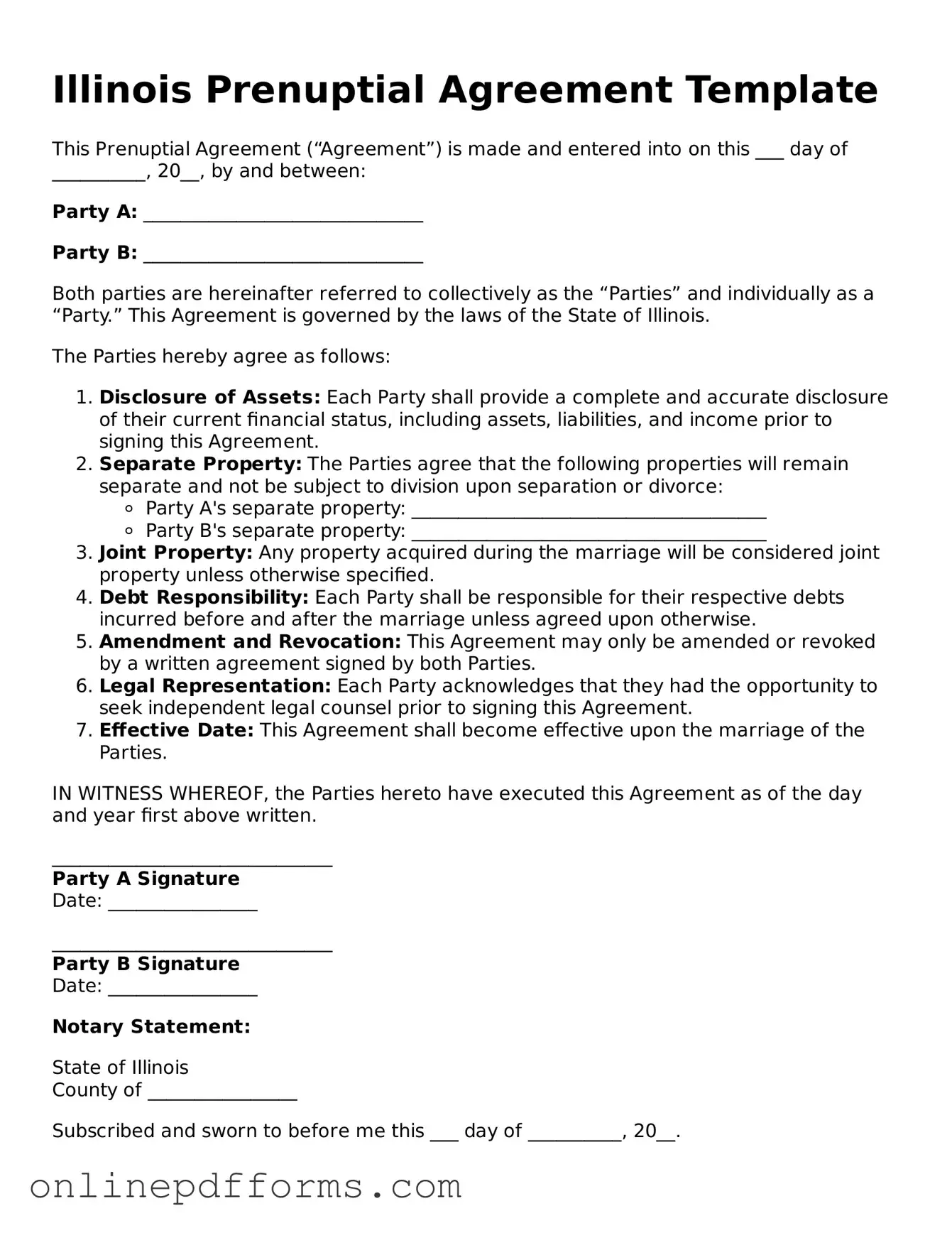A Cohabitation Agreement is similar to a Prenuptial Agreement in that both documents outline the rights and responsibilities of partners. While a prenuptial agreement is created before marriage, a cohabitation agreement is designed for couples living together without the legal bond of marriage. This agreement can address issues like property ownership, financial responsibilities, and what happens if the relationship ends. It helps provide clarity and protection for both parties, similar to how a prenuptial agreement functions for married couples.
A Postnuptial Agreement shares similarities with a Prenuptial Agreement, as both are intended to manage the financial and property rights of spouses. However, a postnuptial agreement is executed after the marriage has taken place. This document can address changes in circumstances, such as a significant increase in income or the acquisition of new assets. Like a prenuptial agreement, it aims to prevent disputes and provide a clear plan for asset division in the event of divorce.
A Separation Agreement is another document that resembles a Prenuptial Agreement. It is typically created when a couple decides to live apart but is not yet divorced. This agreement outlines the terms of the separation, including asset division, child custody, and support obligations. Like a prenuptial agreement, it serves to clarify each party's rights and responsibilities, aiming to reduce conflict during a difficult time.
A Marital Settlement Agreement is closely related to a Prenuptial Agreement. This document is used during divorce proceedings to outline how assets and debts will be divided. It can also cover issues like alimony and child support. Both agreements focus on financial matters and aim to prevent disputes, though the marital settlement agreement is executed at the end of a marriage rather than at the beginning.
An Estate Plan can be compared to a Prenuptial Agreement in that both documents deal with the distribution of assets. While a prenuptial agreement focuses on asset division during a divorce, an estate plan outlines how a person's assets will be managed and distributed after their death. Both documents require careful consideration of individual and shared assets, ensuring that intentions are clear and legally binding.
A Trust Agreement is similar to a Prenuptial Agreement in its function of managing assets. A trust can specify how assets are to be handled during a person's lifetime and after their death, much like how a prenuptial agreement dictates asset division in the event of divorce. Both documents require clear definitions of ownership and distribution, providing a framework for asset management and protection.
Understanding how to create a valid agreement is essential, which is why resources like a comprehensive guide to the Promissory Note are invaluable for borrowers and lenders alike. This legal documentation clarifies obligations and expectations, ensuring both parties are protected throughout the lending process. For further information, visit this link to learn more about Promissory Note forms.
A Financial Power of Attorney can also be likened to a Prenuptial Agreement, as both documents address financial matters. A financial power of attorney grants someone the authority to make financial decisions on behalf of another person. While a prenuptial agreement deals with asset division in the context of marriage, a financial power of attorney ensures that financial interests are managed effectively, especially in situations where one partner may be unable to make decisions for themselves.
